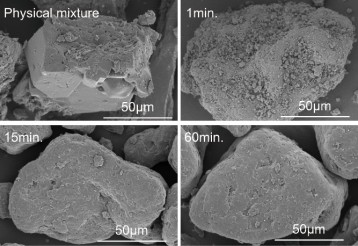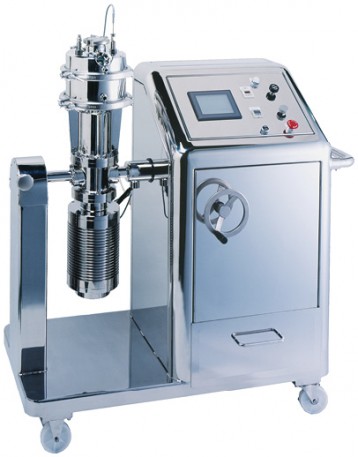- Industries & Machines Industries & Machines
- IIoT IIoT
- Service-Toll Processing Service-Toll Processing
- Material Material
- News News
- IR Information IR Information
-
Sustainability
Sustainability
Sustainability
- Introduction
- Hosokawa Micron Group "Basic Human Rights Policy"
- Sustaibality Policy - Mission Statement
- Editorial Policy
- Integrated Report
- Materiality & Strategy
- Technological contribution to a sustainable global environment
- Contributions towards a safer, more secure and prosperous society
- Sophistication of governance that supports business
- ESG Data Collection
- Sustainable Business Management ~ Finance
- Infromation Disclosure Based on TCFD Recommendations
- Jobs and Careers Jobs and Careers
-
About Us
About Us
About Us
- Greetings (Company Introduction)
- Hosokawa Micron Group "Basic Human Rights Policy"
- Management Philosophy
- Corporate Overview
- Corporate Profile
- Business Areas and Strengths
- Corporate History
- Hosokawa Micron Group
- Domestic Facilities
- Overseas Subsidiaries (Asia)
- Overseas Subsidiaries (Europe)
- Overseas Subsidiaries (America)
- Asian Agents
- Powder Technology Research Institute
- Industrial Property Rights
- Journals and Books
- Technical Information
- Annual Publication "Micromeritics"
- Compliance Charter
- Privacy Policy
- Cookie Policy
- Quality Principle

Industries & Machines
- TOP
- Industries & Machines
- Industries Search
- Particle Design
Particle Design

Summary
Composing or coating of particles by dry processing using mechanical energy is used to increasing the performance and quality of pharmaceuticals. Dry coating different particles (API; pharmaceutical agents or diluting agent) with various fine particles, polymers, and waxes and API increases dissolution rate, amorphizes medical agents, controls tablet hardness, and enables carrier particle surface modification of inhalation agents. Compared to wet processing, dry processing is simpler and lower cost due to not needing solvents and short processing times.
Contents
Examples for pharmaceutical use
Bitterness masking using Mechanofusion (multiple coating of API on diluting agent)
An example of processing using acetaminophen as a model drug: The base particle (crystalline cellulose granules), acetaminophen and binder are feed into the Mechanofusion AMS-LAB and composed. Acetaminophen and binder is fed into the machine and composed an additional 2 times resulting in a multi layer composite. Finally, hydrogenated castor oil is coated as a masking agent. The result is shown in Fig.1 showing a particle with a core of crystalline cellulose with a coating of multiple fine particle layers.
Control of dissolution speed and bitterness masking can be achieved with dry processing by optimizing processing conditions and types of waxes used.

Fig.1 SEM of particle surface

Fig.2 SEM images (surface)

Fig.3 Mechanofusion AMS-Lab-GMP in pharma design
Amorphization processing using Nobilta
An example of amorphization of API using dry composing process: A poorly-soluble API, nifedipine is composed with a cellulose derivative. Fig.2 shows the composite of nifedipine and cellulose derivative after processing in a Nobilta NOB-130.
The nifedipine is dispersed and coated on the surface of the cellulose derivative by the processing. As the processing proceeds, the coating becomes more even. During this processing, there is very little change to the particle size.
Amorphization process
Analyzing the processed material with an X-ray Diffraction (XRD) Instrument, material processed for 1 minute had a lower amount of crystals in the API compared to material that was just mixed. This shows that amorphization has already started. Material processed for 30 minutes shows no peaks indicating crystals, showing that almost all the crystals have been amorphized.
Dissolution Speed
The dissolution speed is the same between raw nifedipine and physically mixed material. On the other hand, the dissolution speed of the composite particles is improved.

Fig.4 Nobilta NOB-300-GMP in pharma design

Fig.5 XRD analysis

Fig.6 Dissolution test
Related equipments

Feel free to contact us. if you have any questions or concerns.








